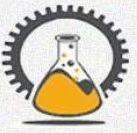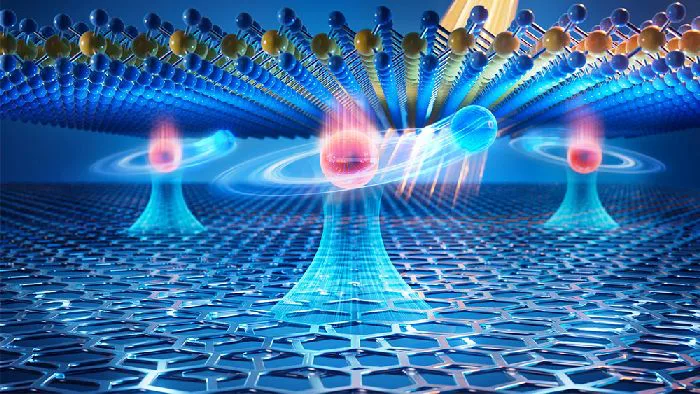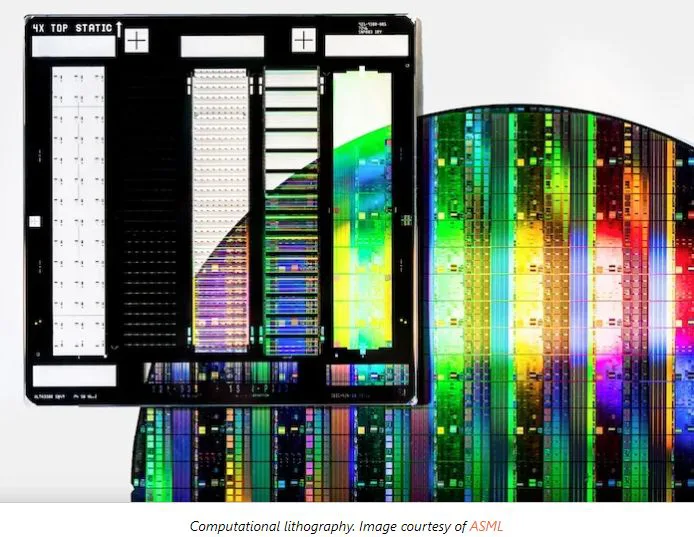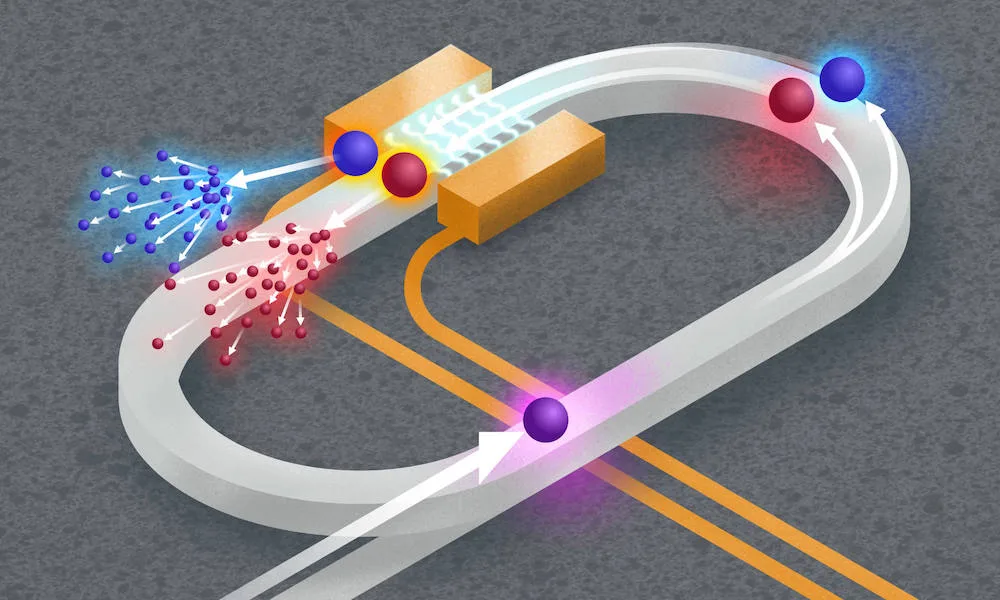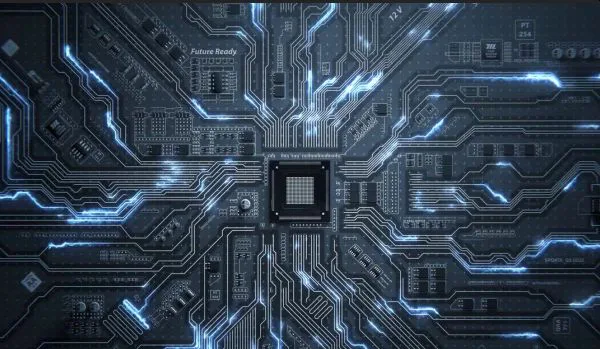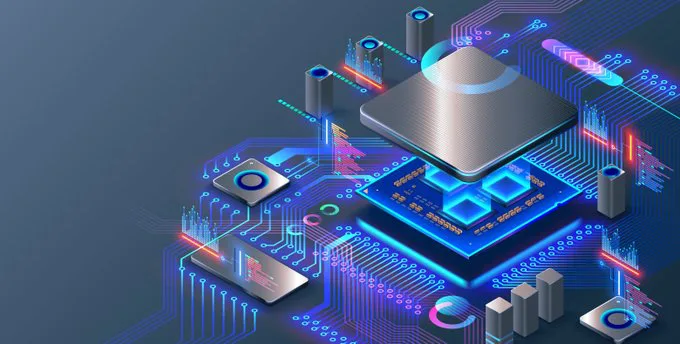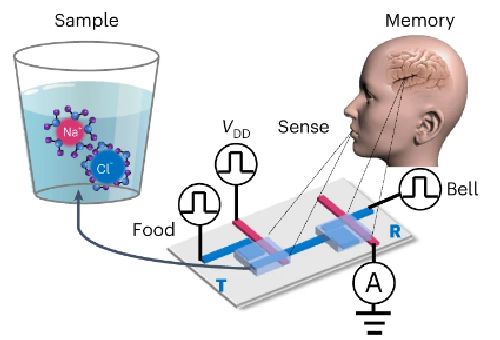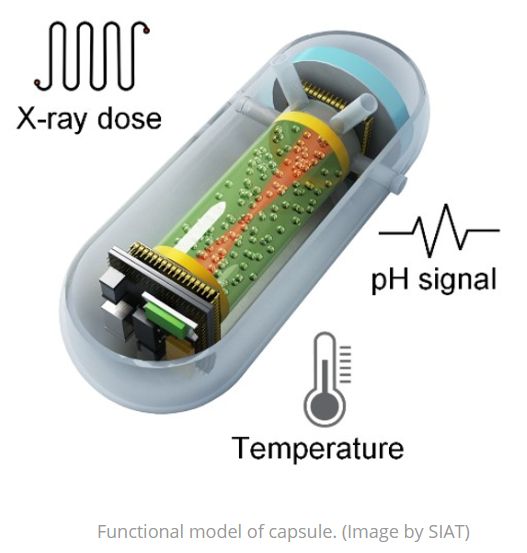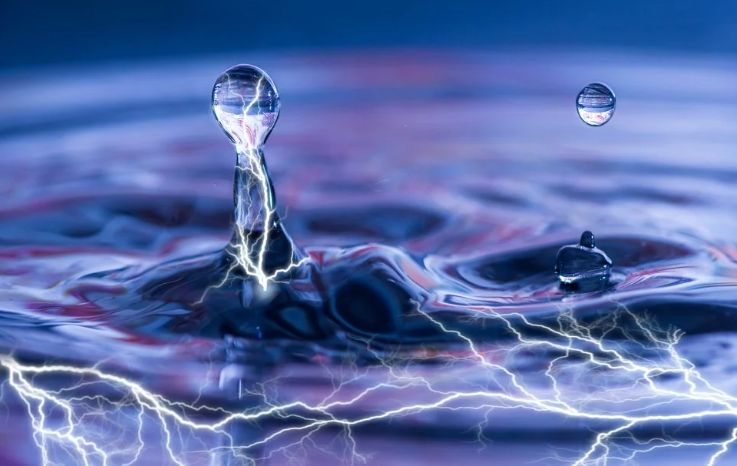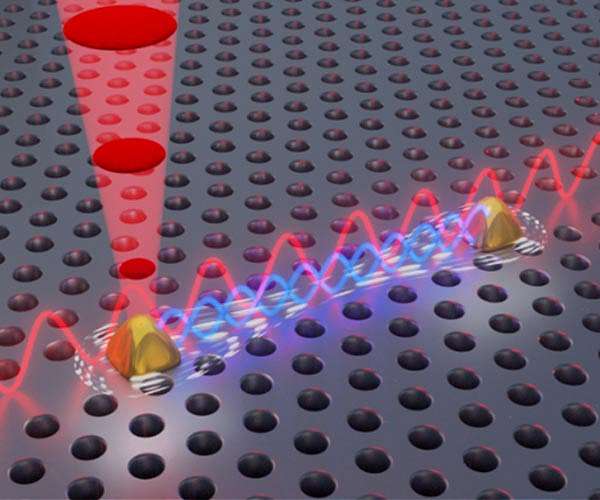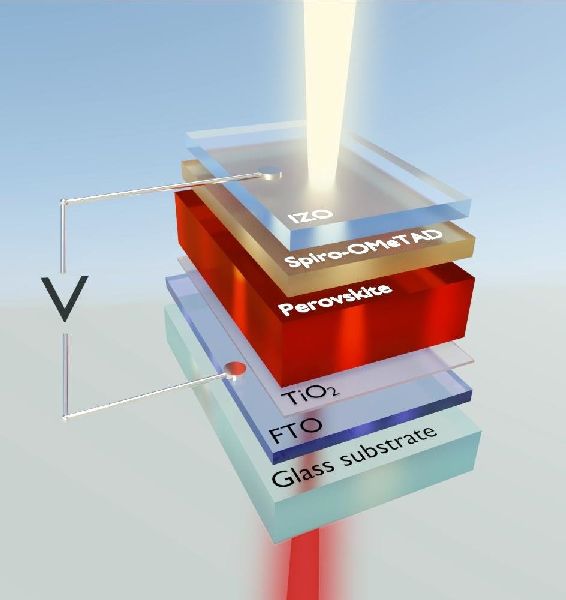In the intricate weave of the quantum realm, there exists a remarkable phenomenon known as Rydberg states. They are like the supercharged versions of atoms and molecules. These electrifying states of particles push the boundaries of our regular understanding of the quantum world.
Read MoreCategory: Futuretech Tonics
Computational Lithography empowering Microchip Advancements: Revolutionizing Chip Design
Semiconductor industry is soaked with one of the most ever-advancing technologies. The demand for smaller, faster, and more efficient microchips keeps the world of semiconductors on its toes. Computational lithography has totally revolutionized the field by meeting the desired level of precision and complexity in chip design.
Read MoreChip-scale Optical Quantum Simulation System: Quantum Computing Milestone
A team of researchers have successfully simulated complex natural phenomena at the quantum level. Scientists at the University of Rochester’s Hajim School of Engineering & Applied Sciences have developed a chip-scale optical quantum simulation system. Conventionally, photonics-based computing involves controlling the paths of photons. This time, the team led by Qiang Lin has taken a different approach. According to which, they have simulated the phenomena in a synthetic space. And they have manipulated the frequency, or color, of quantum entangled photons as time progresses.
Read MoreLithography-Free Photonic Chip: Redefining AI Architecture
When it comes to data-heavy applications and sustainable computing, photonic chips have emerged as a promising technology. The use of photonic circuits, powered by laser light, offers an edge over traditional electronic circuits. Some of its remarkable advantages over electronic circuits are: Speed of light: Photonic chips make use of light to transmit and process information, which of course happens at the “speed of light”. Thus, leveraging the feature of light makes them move faster than electrons in electronic circuits.
Read MoreILT and SMO continue to push the Boundaries of Resolution: Semiconductor Manufacturing
Semiconductor manufacturing is experiencing rapid and dynamic growth. The exponential evolution is making it one of the most swiftly evolving industries globally. As technology is advancing, the electronic devices are progressively shrinking in size. Behind this constant innovation lies the incredible field of “computational lithography”. It is the heart of semiconductor industry. After all, it blends the power of computers, mathematics, and precision engineering. Only to create intricate microscale structures on silicon wafers.
Read MoreGame-Changing Diode Enhances Quantum Computers and AI Performance: Quantum Leap
Researchers at the University of Minnesota Twin Cities have created a ground-breaking superconducting diode, which is a crucial element in electronic devices. This innovation has the potential to not only enhance the development of quantum computers for industrial applications but it will also boost the performance of artificial intelligence systems.
Read MoreAn Organic Electrochemical Transistor: AI Hardware
Lately, there has been growing interest in creating brain-inspired hardware for enhancing efficiency of AI models. Conventional hardware architectures are specialized in three specific tasks, which are: Researches across the globe, however, are exploring the possibility of combining these functionalities into a single device. They aim to mimic the parallel and distributed nature of the human brain.
Read MoreArtificial Skin to Mimic Sensory Feedback of Biological Skin: E-Skin talking to Brain
Researchers at Stanford University have created a special kind of electronic skin that can sense things like heat and pressure and send signals to the brain. Electronic skin has been around for a while, but in the past, the devices used to convert these sensations into signals were bulky and inflexible. However, the new electronic skin is as soft and thin as real skin.
Read MoreCapsule X-Ray Dosimeter for Real-time Monitoring: Radiotherapy
Radiotherapy is all about precision in targeting tumor tissue while minimizing damage to healthy tissue. To deliver precision radiation requires real time monitoring of the dose till the time it is absorbed. The task is quite challenging, especially if it is in gastrointestinal tract. The dynamic nature of the region makes it nearly inaccessible. Current approaches used for tracking biochemical indicators including pH and temperature are insufficient to give out comprehensive evaluation of radiotherapy.
Read MoreAntineutrinos Detected at SNO+ Collaboration: Water Cherenkov Detector
Antineutrinos falls under the category of elusive particles. They are extremely difficult to detect due to their weak interaction with matter. These exotic particles have the same properties as neutrinos but with opposite charges. And have very little mass.
Read MorePiezoelectric Effect observed in Ionic Liquids: Pressure Electricity
Certain materials like crystals, ceramics, and at times even biological matter (bone, DNA, and proteins), can generate an electrical charge. The effect is seen when the material is put under the influence of some mechanical stress – such as pressure or vibration – this phenomenon is termed as piezoelectricity. The charge is accumulated on the surface of the material. From there, it can be used for various applications.
Read MoreZinc Batteries for Sustainable Development: The New Hybrid Electrolyte
Zinc batteries have been explored as an alternative to lithium-ion batteries for large-scale energy storage since long. Zinc-based batteries is preferred over li-ion batteries because it is abundant, low-cost, and environmentally friendly compared to other metals. However, their efficiency has been limited due to issues with the zinc metal anode. However, with the recent development of a new electrolyte that improves the efficiency of the zinc metal anode to nearly 100%, researchers envision that it could make zinc batteries a viable alternative.
Read MoreDynamics between Quantum Entanglement: Coupling at a Distance
Entanglement is a unique and powerful feature of quantum mechanics. It allows two or more particles, such as photons of light, to become correlated in such a way that the state of one particle is immediately determined by the state of the other particle, regardless of the distance between them. This phenomenon has been studied extensively in the field of quantum physics. It has important implications for the development of quantum technologies such as quantum cryptography and quantum computing.
Read MorePlatform for Building Quantum Networks: Entanglement of Trapped-ion
The researchers at the University of Innsbruck and the Université Paris-Saclay have developed a method for linking multiple quantum systems by trapping atoms in optical cavities. And then transferring the quantum information to light particles which can then be sent through optical fibers. They have successfully entangled two trapped ions located more than a few meters apart for the first time.
Read MoreTwo/Quasi 2D Perovskite Heterostructures: Optoelectronic Innovation
Two-dimensional perovskite materials have unique properties that make them attractive candidates for use in next-generation optoelectronic devices, such as photovoltaic solar cells, LEDs, and photodetectors.
Read More